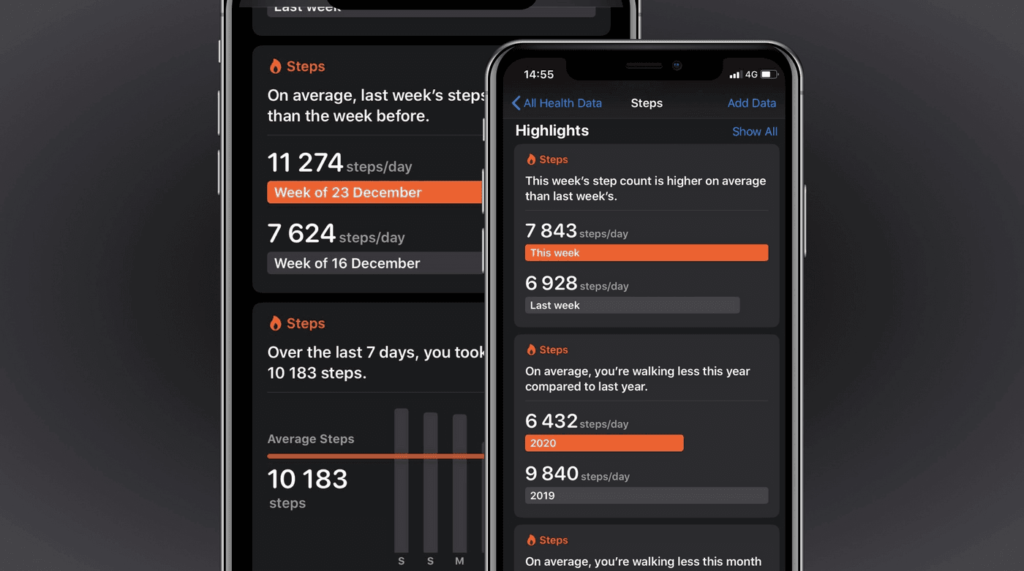
NFTs…. Love them or hate them? I hate them, personally.
Polygon ran an interesting read just recently: unfortunately for studios salivating at the idea of getting in on the crypto action in 2022, players largely revolted against it. Most plans for NFT integration were a disaster. And NFT controversies in the gaming world were so big this year that it even became a subplot of the Apple TV show Mythic Quest this season.
But it wasn’t just gamers who rejected crypto this year. The crypto market itself also went bust. The promised Web3 revolution that much of Silicon Valley was manically chattering about in 2022 not only never arrived, it actually collapsed into a speculative puff of smoke, thanks to a series of major economic crashes. And the world of blockchain technology, in general, is looking so grim that investors are, yet again, wondering if the entire space is over for good.
Read more: https://www.polygon.com/23521430/nft-video-games-crypto-failed-decentraland-axie-infinity


